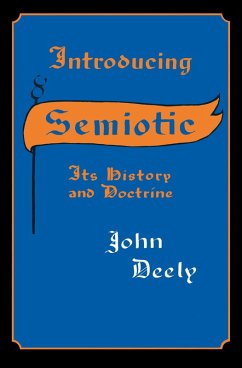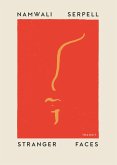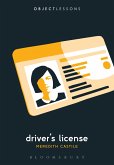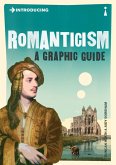This comprehensive survey of semiotics examines its development from pre-Socratic philosophy to Peirce's Sign Theory and beyond. In Introducing Semiotics, renowned philosopher and semiotician John Deely provides a conceptual overview of the field, covering its development across centuries of Western philosophical thought. It delineates the foundations of contemporary semiotics and concretely reveals just how integral and fundamental the semiotic point of view really is to Western culture. In particular, the book bridges the gap from St. Augustine in the fifth century to John Locke in the seventeenth. The appeal of semiotics lies in its apparent ability to establish a common framework for all disciplines, a framework rooted in the understanding of the sign as the universal means of communication. With its clarity of exposition and careful use of primary sources, Introducing Semiotics is an essential text for newcomers to the subject and an ideal textbook for semiotics courses.
Bitte wählen Sie Ihr Anliegen aus.
Rechnungen
Retourenschein anfordern
Bestellstatus
Storno









